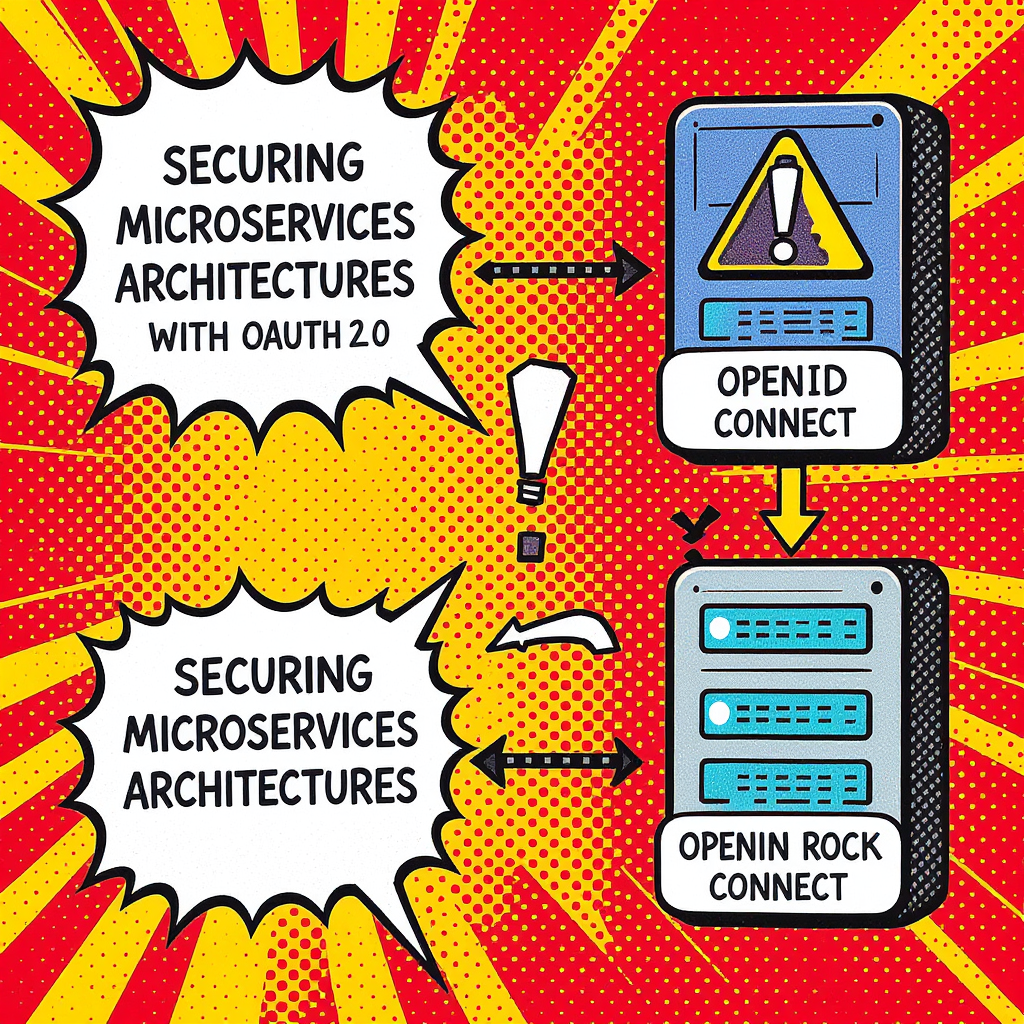Microservices architectures, with their independent deployable units, offer significant advantages in scalability and flexibility. However, this distributed nature introduces complexities in security management. Securing communication between these services and controlling access to sensitive data is paramount. This article explores how OAuth 2.0 and OpenID Connect (OIDC), two widely adopted industry standards, can effectively address these security challenges in a microservices environment. We’ll examine how they enable secure authentication and authorization, facilitating seamless communication while mitigating risks associated with distributed systems. We will delve into the implementation details, best practices, and potential pitfalls to consider when integrating these protocols into your microservices architecture. Finally, we’ll discuss how to choose the right approach based on your specific needs and the complexity of your system.
Understanding the need for OAuth 2.0 and OpenID Connect
In a microservices landscape, numerous services interact, often requiring access to each other’s resources. Traditional approaches, like sharing API keys, are inherently insecure. OAuth 2.0 offers a robust solution by providing a framework for delegated authorization. It allows a service (the client) to access resources on behalf of a user without requiring the client to possess the user’s credentials directly. This reduces the risk significantly, as even if a client’s credentials are compromised, access to user data is not directly granted.
OpenID Connect builds upon OAuth 2.0 by adding an identity layer. OIDC provides a standardized mechanism for verifying the identity of the user and obtaining user profile information. This is crucial in microservices where you need to ensure the authenticity of the requests. By integrating OIDC, you can enforce fine-grained access control, enabling only authenticated and authorized services to interact with each other.
Implementing OAuth 2.0 and OIDC in Microservices
There are several ways to implement OAuth 2.0 and OIDC in a microservices context. One common approach is using an authorization server. This dedicated server handles authentication, token issuance, and token validation. Each microservice then interacts with the authorization server to obtain tokens and verify the authenticity of requests received from other services. A resource server protects the resources and validates the tokens provided by client services. The choice of authorization server is dependent on specific organizational requirements, but established open source options are available like Keycloak and Auth0.
Another crucial aspect is token management. Short-lived access tokens should be utilized to minimize the impact of compromised tokens. Refresh tokens can be employed to extend the session without requiring repeated authentication. Proper token revocation mechanisms are also essential to manage security incidents effectively.
Securing Inter-service Communication
Once authentication and authorization are established, secure communication between microservices is paramount. Using mutual TLS (mTLS) is a best practice to encrypt communication between services. Each microservice possesses a certificate, allowing them to authenticate each other. This provides strong protection against eavesdropping and tampering. This can be combined with OAuth 2.0 and OIDC. The microservices would authenticate with the authorization server to obtain tokens, which they can then use in combination with mTLS to securely access resources in other services.
Consider using API gateways to manage access to your services. They can act as a central point for authentication and authorization, simplifying security management and improving overall system performance.
Choosing the Right Approach and Best Practices
The optimal approach to securing your microservices depends on various factors such as the complexity of your application, your existing infrastructure, and security requirements. It’s important to evaluate the trade-offs between different authorization server options (e.g., self-hosted vs. cloud-based), token management strategies, and communication protocols. A careful assessment of your needs and a well-defined security strategy are essential before embarking on implementation.
Here’s a table summarizing some common approaches:
| Approach | Pros | Cons |
|---|---|---|
| Self-Hosted Authorization Server (e.g., Keycloak) | Greater control, customization, potentially cost-effective | Requires significant operational overhead, maintenance, and expertise |
| Cloud-Based Authorization Server (e.g., Auth0) | Easy to set up and manage, scalable, usually handles infrastructure | Vendor lock-in, potential cost implications |
Conclusion
Securing microservices effectively requires a multifaceted approach. This article highlighted the crucial role of OAuth 2.0 and OpenID Connect in providing a robust and scalable solution for authentication and authorization. By leveraging these standards, you can ensure secure inter-service communication and protect sensitive data. We explored the implementation details, emphasizing the importance of a dedicated authorization server, secure token management, and the use of mTLS for inter-service communication. The choice between self-hosted and cloud-based solutions depends on your specific needs and resources. Remember that a comprehensive security strategy involves not just the technical implementation but also robust security policies and procedures. By carefully considering these aspects and implementing best practices, you can build a secure and reliable microservices architecture.
References
Image By: Black Forest Labs






